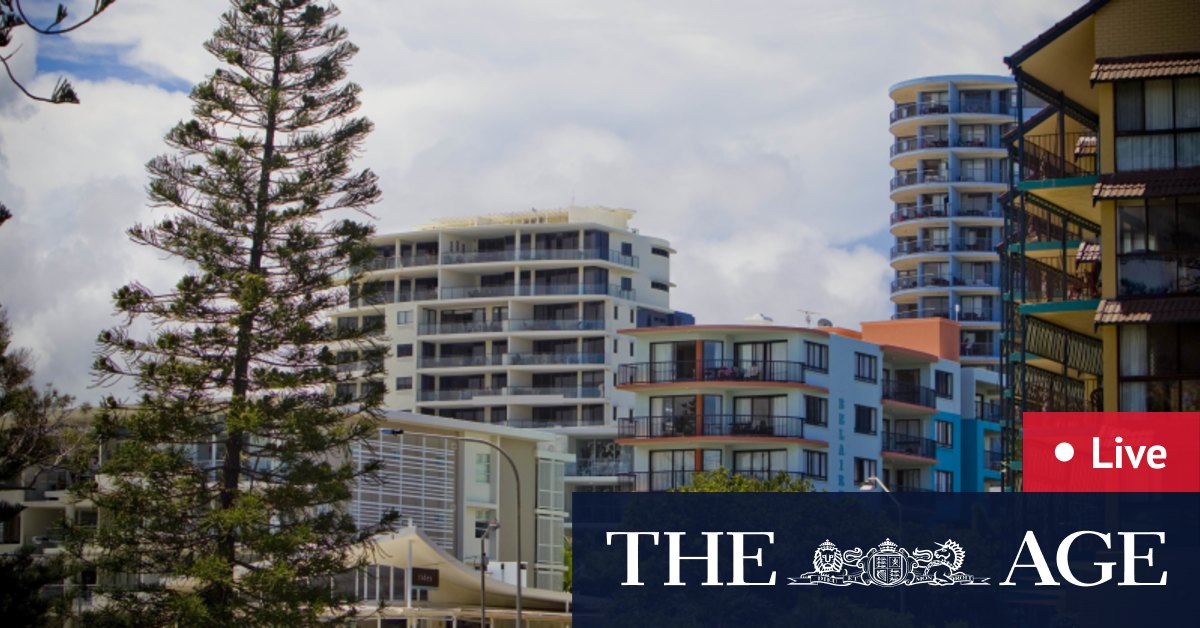Business-to-business defaults have continued to rise. Among tax debt default records, where a business owes more than $100,000, nearly 24% of affected businesses are in the construction sector, followed by 12.5% in professional, scientific and technical services.
loading
The suburbs of Sydney are the worst affected area in the country. The expected delinquency rate is highest in the Merrylands-Guildford area at 7.8%, closely followed by the Bringelly-Green Valley area at 7.75%.
Ormaeu, Surfers Paradise and Broadbeach in Queensland are also among the areas where businesses are struggling with expected default rates above 7%.
CreditorWatch chief economist Anneke Thompson said it was clear many small businesses were struggling.
“Of particular concern is the continued high level of business payment defaults which, together with the ATO now reporting defaults for outstanding tax debts of $100,000 or more at increasing rates, means that more and more businesses are unable to meet payments from their suppliers on time,” she says.
“This has a ripple effect on business-to-business trade, and we expect these trade defaults to continue to rise while interest rates remain high.”
Economic growth has slowed to its lowest rate outside of a pandemic recession in nearly 30 years as consumers struggle with high interest rates, high inflation and a growing tax burden.
The IMF, in its annual world economic outlook, expects the Australian economy to expand by 1.5 per cent this year before improving to 2 per cent in 2025. While inflation is expected to fall to to 3 percent next year, unemployment is expected to rise. from 3.7% to 4.5%.
Growth in China, Australia's biggest trading partner, is forecast to slow from 5.3 per cent in 2023 to 4.1 per cent next year.
The fund's chief economist, Pierre-Olivier Gourinchas, said that despite the way the global economy has recovered from the pandemic, the long-term outlook “is historically weak”.
He said low productivity growth was behind the poor outlook.
“Much hope rests on artificial intelligence delivering huge productivity gains to the medium
term It can, but the potential for serious disruptions to labor and financial markets is high,” he said.
“Harnessing the potential of AI for all will require countries to improve their digital infrastructure, invest in human capital and coordinate with global rules of the road.”
loading
Treasurer Jim Chalmers, who heads to Washington on Wednesday for a round of IMF and World Bank meetings, said the challenges facing the global economy are growing.
“While global inflation remains a key concern, the balance of risks is shifting from inflation to growth, and concerns about the outlook for the Chinese economy and rising tensions in the Middle East they add to the uncertainty,” he said.
“These evolving global conditions make it an important time to engage with my counterparts and international institutions as we put the finishing touches on the May Budget.”
Cut through the noise of federal politics with expert news, opinion and analysis. Subscribers can sign up for our weekly Inside Politics newsletter.




